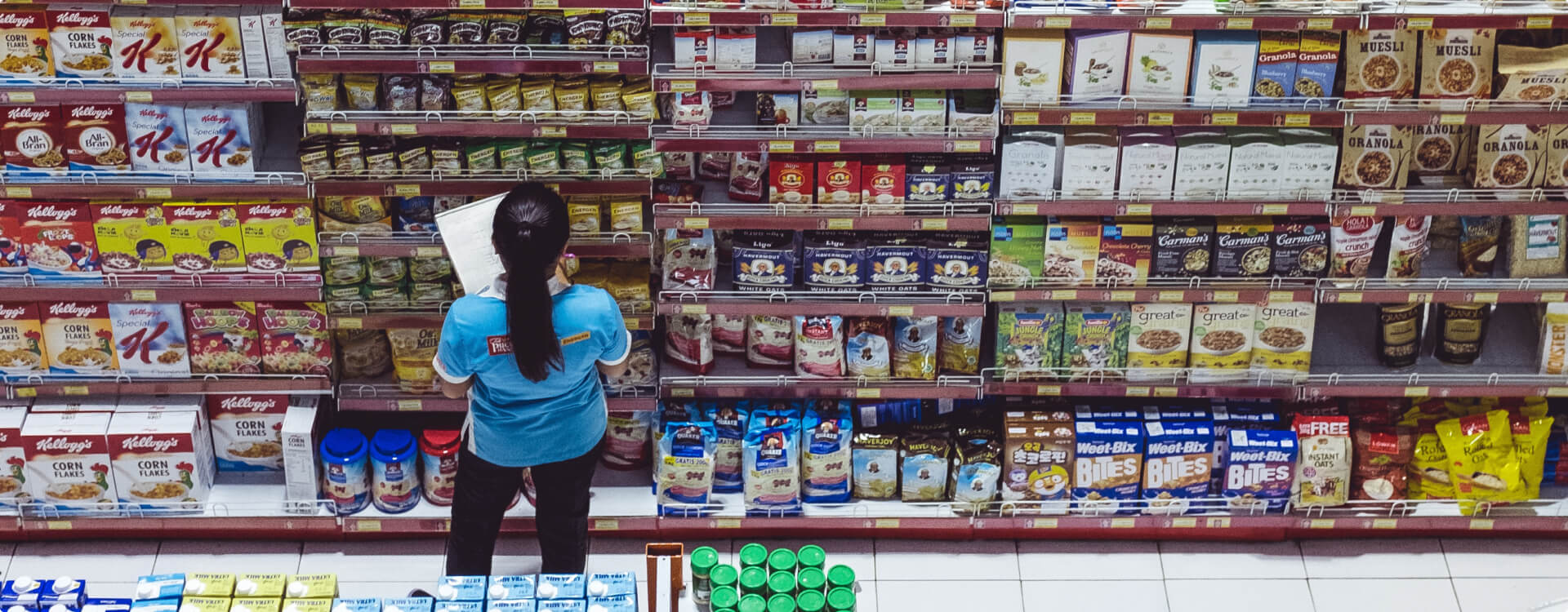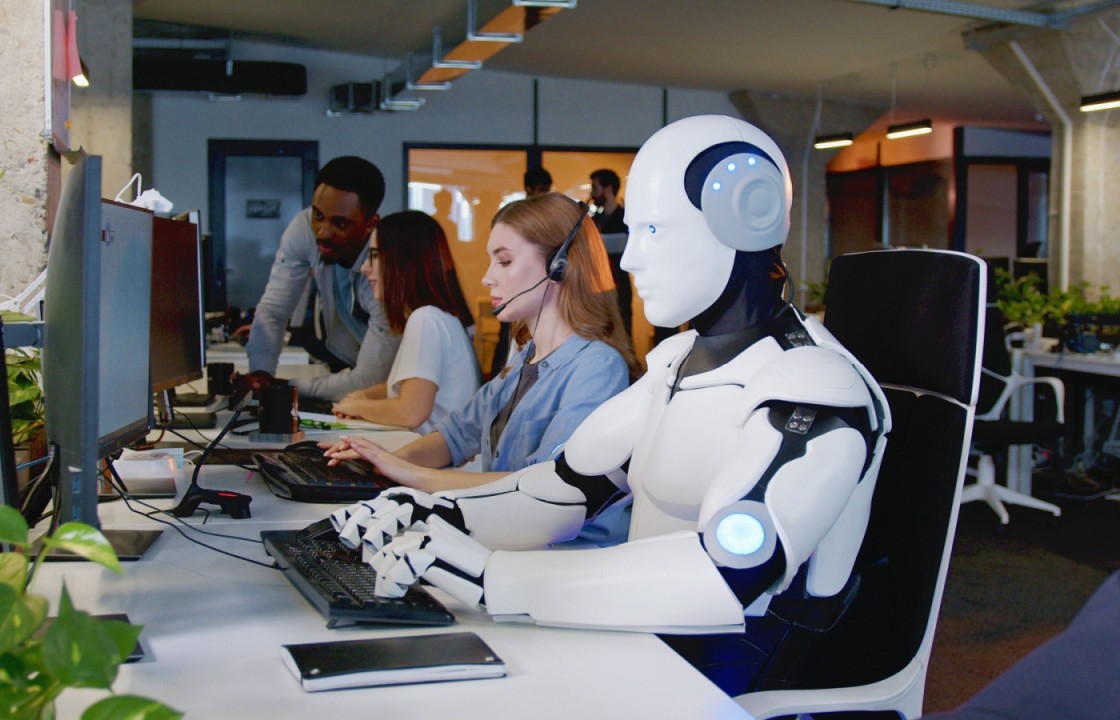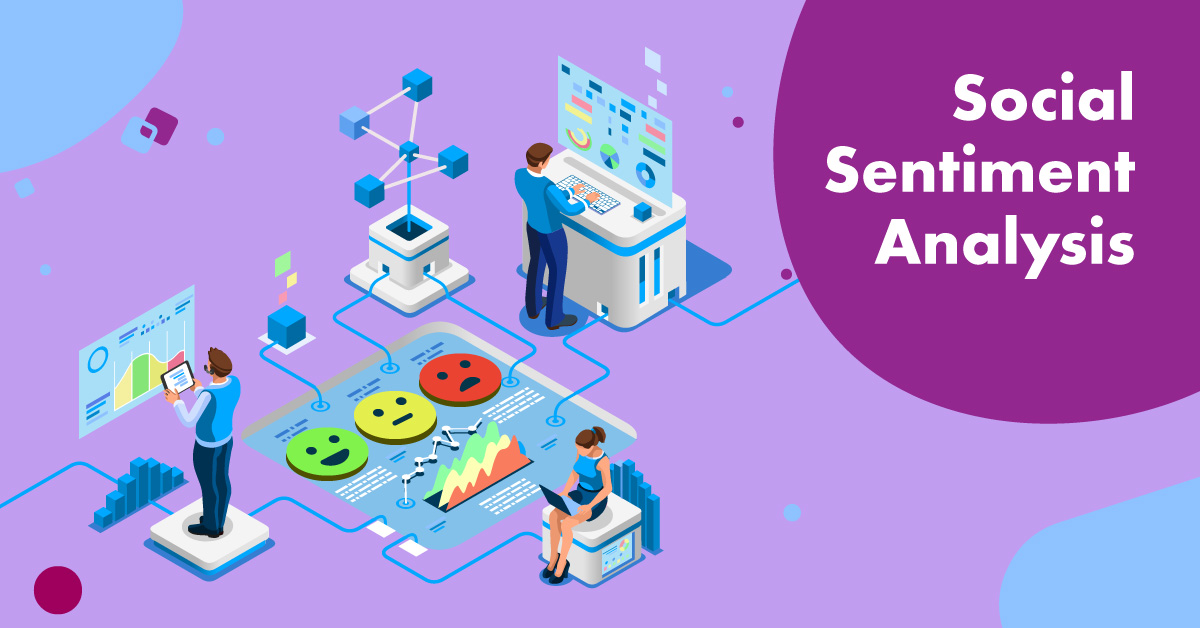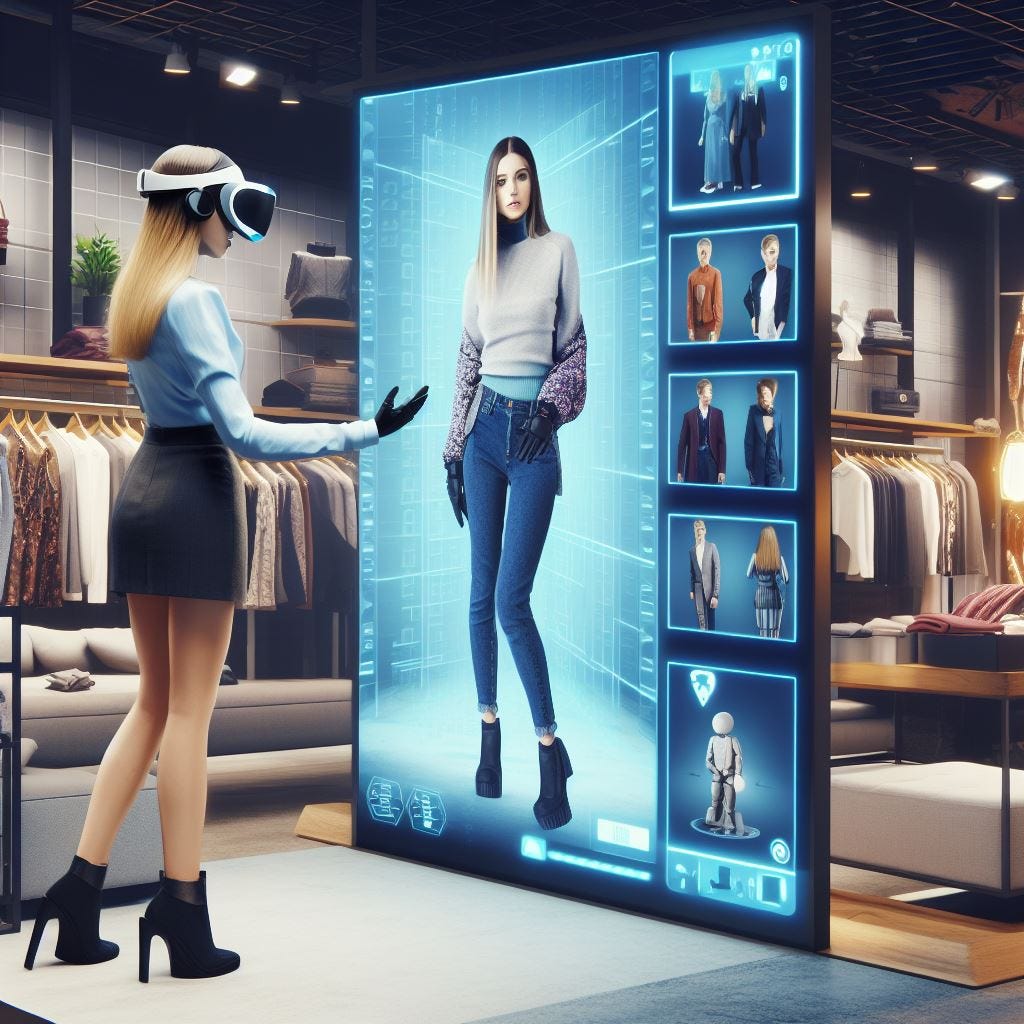Smart shelves are revolutionizing inventory management in retail by using a combination of sensors, artificial intelligence (AI), and sometimes even digital displays. Here's how AI is supercharging real-time stock management and replenishment:
Real-time Tracking and Alerts:
-
Sensor Power: Weight sensors in the shelves can detect when an item is removed, and cameras with computer vision can identify the specific product. AI analyzes this data to provide real-time stock levels.
-
Never Run Out Again: When inventory dips below a set threshold, the system automatically generates alerts for store staff to restock, preventing out-of-stock situations that frustrate customers and lose sales.
AI-powered Replenishment Optimization:
-
Predictive Power: AI can analyze past sales data, along with factors like seasonality and promotions, to predict future demand for each product. This allows for optimized ordering and restocking cycles.
-
Reduced Waste: By predicting demand accurately, stores can avoid overstocking, which ties up capital and leads to wasted products due to expiration or spoilage.
AI Revolutionizes Shelf and Stockout Management
Traditionally, shelf management relied on manual checks and guesswork, leading to frustrating stockouts and inefficient inventory levels. AI has transformed this process by creating a system with unparalleled accuracy and foresight.
AI-powered smart shelves utilize computer vision and weight sensors to provide real-time data on product availability. This eliminates the need for manual checks and ensures instant alerts for restocking, preventing stockouts before they happen. Furthermore, AI analyzes historical sales data and external factors to predict future demand. This allows for optimized ordering, reducing overstocking and waste while ensuring shelves are always stocked with the right amount of product. This unique combination of real-time data and predictive insights empowers retailers to achieve a level of shelf and stockout management that was previously unimaginable.
Measurable ROI of retail AI for shelf management
How to address on-shelf availability with computer vision
-
Computer vision (CV) tackles on-shelf availability with a smart camera system. High-quality images of each product are first loaded as reference points. Strategic camera placements then capture real-time shelf images.
-
The CV system analyzes these images, comparing them to the references to identify and count products. When a product dips below a set threshold, indicating low stock, an alert is generated to trigger restocking.
-
Advanced systems can even detect misplaced items or learn to identify new products without pre-loaded images. This data-driven approach ensures shelves are always stocked, preventing lost sales and frustration, while optimizing
Building computer vision models to monitor stock out
The watchful eyes of computer vision models are key to maintaining on-shelf availability in smart shelf technology. Here's a glimpse into how these models are built:
Data Collection is King: The foundation lies in a robust dataset of images. This includes high-quality pictures of each product from various angles and lighting conditions to account for real-world variations. Images of empty shelves are also captured to train the model for background subtraction.
Annotation: Labeling the Goods: Each image undergoes meticulous annotation. Bounding boxes are drawn around individual products, and labels are assigned to identify the specific item. This labeled data teaches the model the characteristics that distinguish each product.
Model Selection and Training: Choosing the right model architecture is crucial. Popular options for object detection and classification include Convolutional Neural Networks (CNNs). The annotated data is fed into the chosen model, where it learns to recognize products and their quantities within the images.
Fine-tuning for Accuracy: The initial training is just the beginning. The model's performance is evaluated on a separate test dataset. Based on the results, further training or adjustments (fine-tuning) are performed to optimize accuracy in real-world scenarios.
Deployment on the Edge: Once satisfied with the model's performance, it's deployed on edge devices like smart cameras. These cameras capture shelf images, and the model running on the device analyzes them in real-time, identifying products and counting their quantities.
How synthetic data is helping retailers
Grocery stores frequently have 10,000+ items on a given shelf. This product volume makes gathering a large enough dataset of images to train the model incredibly tedious and time consuming. To speed up the process, rather than taking a photo of each product, synthetic data toolsets can be used today to generate images of each item based on their barcodes or UPCs.
-
Privacy Preservation: Real customer data often contains sensitive information. Synthetic data allows retailers to create realistic yet anonymized data sets for training AI models. This protects customer privacy while enabling the development of effective AI applications.
-
Overcoming Data Scarcity: Training AI models often requires vast amounts of data, which can be scarce for specific scenarios. Synthetic data bridges this gap by generating realistic data that reflects desired situations, even rare ones. For instance, a retailer can create synthetic images of shelves with low stock to train their AI model for out-of-stock detection.
-
Enhanced Model Generalizability: Real-world data can have biases or limitations. Synthetic data allows for the creation of diverse scenarios that encompass a wider range of possibilities. This leads to more robust and generalizable AI models that perform well in real-world situations with greater variability.
-
Faster Training and Experimentation: Generating synthetic data is often quicker and more cost-effective than collecting real data. This allows retailers to iterate and experiment with AI models more rapidly, accelerating innovation and time-to-market for AI-powered solutions.
Applications of AI for real-time shelf management
1. Real-time Stock Tracking and Alerts:
-
Sensor Fusion: AI combines data from weight sensors in shelves (detecting product removal) and cameras with computer vision (identifying specific products). This real-time data stream allows for accurate stock level tracking.
-
Never Miss a Replenishment: When inventory dips below a set threshold, the system triggers automated alerts for store staff. This eliminates out-of-stock situations that frustrate customers and lead to lost sales.
2. AI-powered Replenishment Optimization:
-
Predictive Powerhouse: AI analyzes historical sales data alongside factors like seasonality and promotions. This allows for predicting future demand for each product, optimizing ordering and restocking cycles.
-
Reduced Waste and Improved Efficiency: Accurate demand prediction minimizes overstocking, which frees up capital and prevents wasted products due to expiration or spoilage. Additionally, AI helps streamline ordering processes for better efficiency.
3. Enhanced Customer Experience:
-
Always-Full Shelves: Real-time data ensures shelves are stocked with what customers need, leading to a smoother and more satisfying shopping experience.
-
Data-driven Insights: AI analyzes historical data on product movement and placement to optimize shelf layouts for better product visibility and sales.
4. Labor Efficiency and Staff Empowerment:
-
Automated Stock Checks: Smart shelves with AI automate manual stock checks, freeing up valuable staff time for customer service, store maintenance, or other higher-value tasks.
-
Data-driven Decision Making: AI provides real-time insights into product performance and shelf trends, empowering store staff to make informed decisions about product placement and promotions.
Future of AI in Retail Inventory Management
AI in retail inventory management has a promising future with innovations like smart replenishment, dynamic pricing, and predictive maintenance. With smart replenishment, retailers can effortlessly maintain optimal stock levels of high-demand items.
AI algorithms analyze sales data and inventory levels in real time. This keeps shelves stocked and meets customer demand. It also reduces stockouts. Businesses need not depend on a human worker to put in more orders to restock.
Dynamic pricing algorithms help stores change prices quickly based on demand and competition, helping them adjust to market changes. This real-time optimization of pricing strategies allows retailers to maximize revenue while mitigating the impact of stockouts.
Moreover, integrating AI-enabled sensors and predictive analytics lets retailers address potential equipment failures before they disrupt inventory operations. By leveraging predictive maintenance interventions, retailers can minimize downtime, optimize resource allocation, and ensure uninterrupted inventory flow. This integration of AI technologies promises to improve retail inventory management practices, paving the way for more agile, responsive, and profitable retail processes.
Conclusion :
Smart shelf technology powered by AI is ushering in a new era of intelligent inventory management for retailers. By leveraging real-time data on product availability and sophisticated AI for demand forecasting, smart shelves ensure shelves are always stocked, preventing out-of-stock situations and lost sales. This not only translates to a smoother shopping experience for customers but also empowers retailers with optimized replenishment cycles, reduced waste, and improved labor efficiency. The integration of computer vision and AI models further enhances this technology, providing a robust and scalable solution for real-time shelf management. As AI continues to evolve, we can expect even smarter shelf technology with capabilities like dynamic pricing and personalized product recommendations, further revolutionizing the retail landscape.
For more information contact : support@mindnotix.com
Mindnotix Software Development Company


 AI-Taxi App
AI-Taxi App AI-Food App
AI-Food App AI-Property Mgmt App
AI-Property Mgmt App AI-CRM
AI-CRM AI-Fantasy App
AI-Fantasy App
 Web Development
Web Development App Development
App Development Business & Startup
Business & Startup Hire Developer
Hire Developer
 Digital Marketing
Digital Marketing Lead-generation
Lead-generation Creative Agency
Creative Agency Branding Agency
Branding Agency Augmented Reality
Augmented Reality Virtual Reality
Virtual Reality Internet of Things
Internet of Things Artificial Intelligence
Artificial Intelligence Blockchain
Blockchain Chatbot
Chatbot



